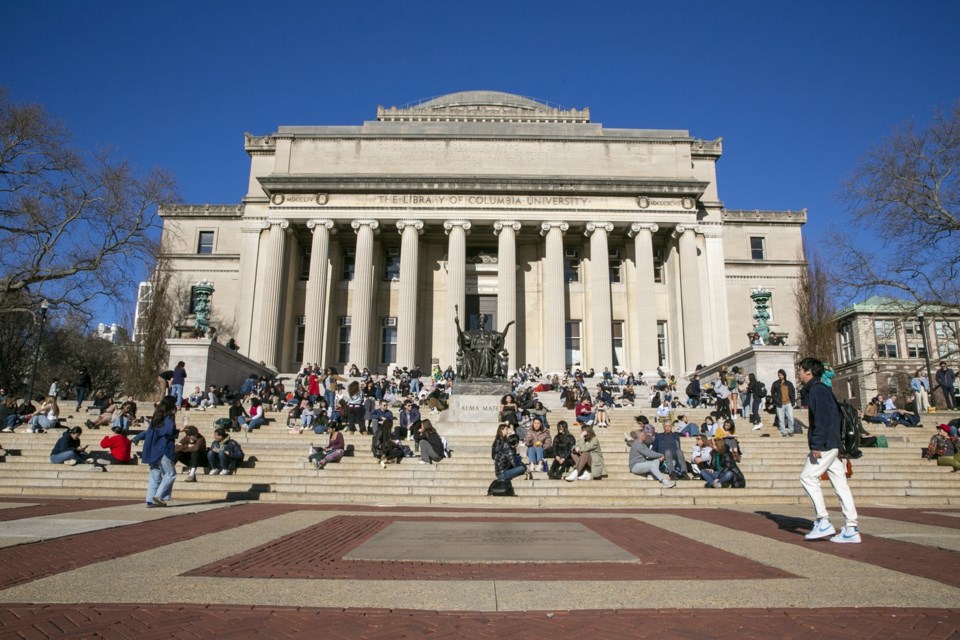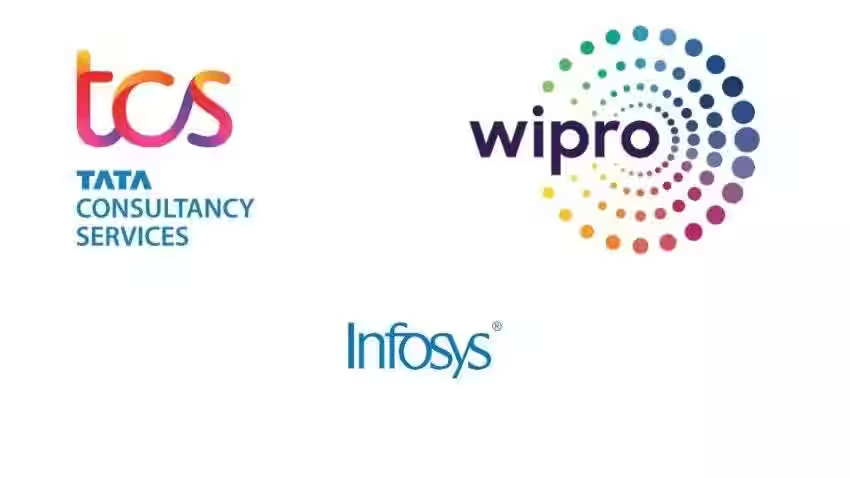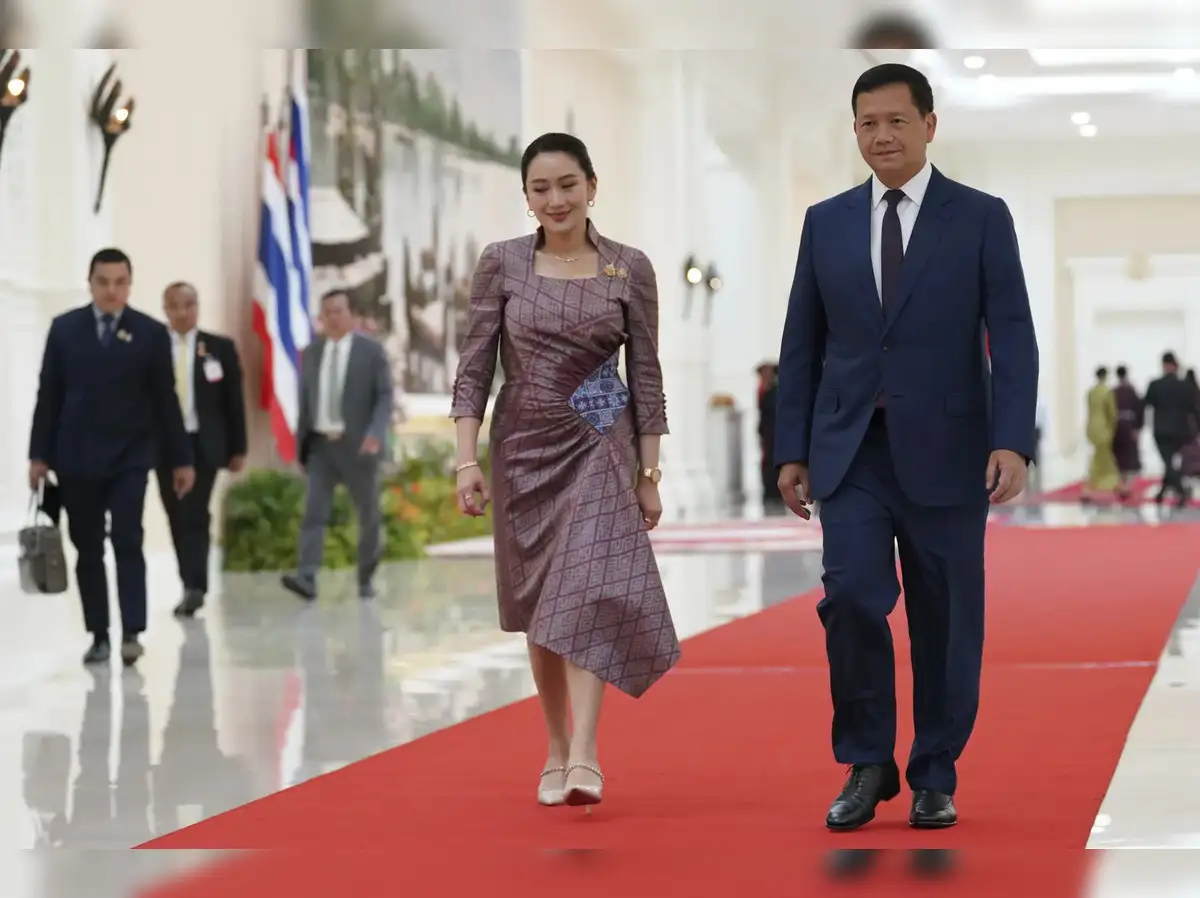Now Reading: Columbia University Agrees to $200 Million Settlement in Long-Running U.S. Federal Dispute
-
01
Columbia University Agrees to $200 Million Settlement in Long-Running U.S. Federal Dispute
Columbia University Agrees to $200 Million Settlement in Long-Running U.S. Federal Dispute

Columbia University has agreed to pay $200 million to settle a long-standing conflict with the U.S. government, putting an end to a standoff that began under the Trump administration. The settlement includes not just the hefty payout but also a set of compliance measures and policy changes the university has accepted as part of the agreement.
What Sparked the Dispute
The conflict originated from federal concerns over how Columbia managed funds it received for student aid, research programs, and other academic initiatives. Authorities had raised questions about whether the university was fully transparent and compliant in its use of those funds.
This disagreement intensified during the Trump administration, which had taken a tougher stance on higher education institutions over federal fund usage and foreign collaborations.
The Terms of the Deal
As part of the settlement, Columbia will pay $200 million without admitting any wrongdoing. In addition to the financial terms, the university has also agreed to improve its internal compliance mechanisms and reporting systems.
There are also clauses aimed at increasing oversight in how funds are tracked, reported, and audited. Columbia will now submit to periodic reviews and stricter documentation protocols.
Impact on Universities and Research Funding
This deal has wider implications. Many educational institutions in the U.S. and abroad, including those with academic partnerships in India, rely heavily on research grants, student exchange programs, and joint initiatives with American universities.
If stricter compliance becomes the new standard, universities in India—especially Tier 2 institutions aspiring to tie up with global names—may need to upgrade their administrative systems and financial transparency to meet future eligibility requirements.
Why Indian Students and Educators Should Watch This
Columbia is a top destination for Indian students, particularly for postgraduate and research programs. Changes in how funding is managed or distributed at such universities could affect scholarship opportunities, visa processing, and even the structure of certain courses in the long term.
Indian education authorities may also take cues from this case to strengthen their own compliance norms, especially as more Indian institutions push for international accreditation and global recognition.
Conclusion
Columbia University’s $200 million settlement isn’t just about one institution—it signals a shift in how governments may hold educational bodies accountable for public and federal funds. For Indian universities and students aiming to work with or study in the U.S., staying aligned with these evolving norms will be crucial going forward.
























